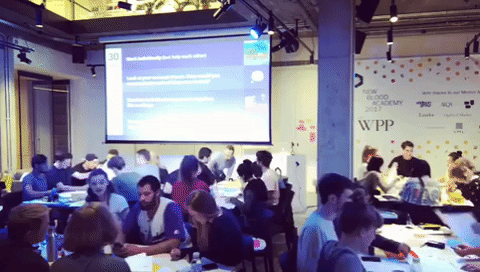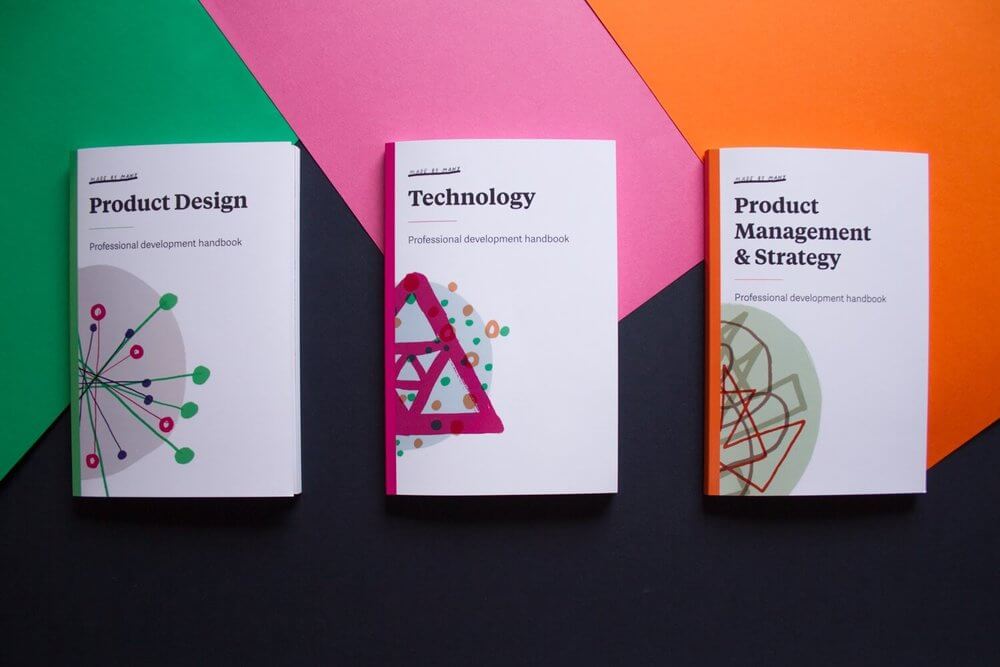How to run a sketch session
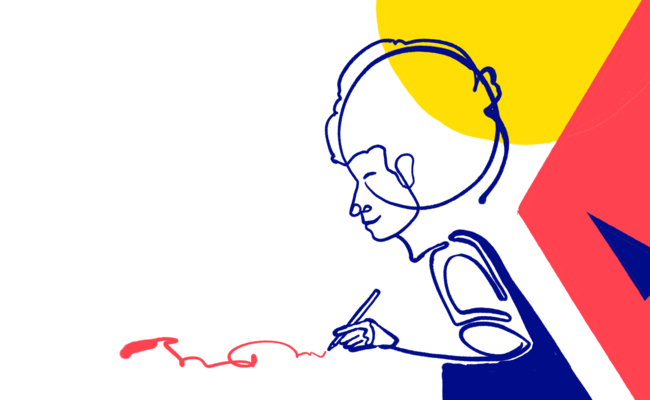
Sketching sessions can happen at any stage of a project, but we most typically use them in the first week (or day) of a project. They’re an effective way to generate a lot of ideas and move the project from planning to making. It’s also a great opportunity to capture any ideas that are loitering in the back of people's minds.
Sketching sessions are for any and all to get involved in. You want a bunch of you to really make it effective (5+) from a range of disciplines. Invite as many people from the client side as possible, from the troops on the ground to board members. Don’t get put off inviting senior people, it’s a great way to get their input into the project and they’ll have a lot of fun doing it.
There’s no fixed way that we run sketching sessions - usually it's more fun to get creative and customise the session to the project - but the following structure might help when you’re planning your session. They normally run for 60 minutes, but you can often squeeze them into 45 minutes if you’re tight on time.
Before starting the session prepare the room:
- Make sure you have a ton of Sharpies: sketching with anything finer can lead you to get caught up in unnecessary detail
- Sketchpads or paper: we have a range of device and scenario sketchpads to help frame your ideas
- Bluetack and clear wall space for pinning up the ideas you’ve generated
- Dots for voting
Structuring your session:
Setting expectations
For a lot of people in the room this could be their first sketching session and it can be a daunting prospect. To take the pressure off, we often start the session by explaining that we’re not going to solve the problem in the session; our initial propositions are often formed after the session, amalgamating multiple sketches.
Warm up exercise
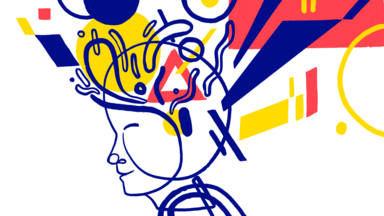
The first exercise is just to break the ice and get your participants to put pen to paper. But before you get into it, it’s a good idea to clarify what we mean by a sketch. Let’s crush the preconception that only artists can sketch – you don’t need to be Michelangelo to visualise your thoughts. A sketch (in this case) isn’t about high fidelity or lots of detail, it’s just enough to convey your idea - that’s why Sharpies work well, they force you away from that level of detail. To show them it’s possible, ask them to sketch a helicopter - which everyone can do - and hold it up for the room to see. It’s likely to get a few laughs and loosen things up.
The meat of the session
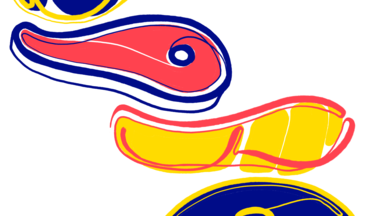
Now everyone’s warmed up you can get into the sketching session proper. Sessions that lack a decent structure can result in a lot of blank faces. To avoid this, provide participants with a series of opportunity areas to sketch around. Using any insights you have, write four to five ‘How Might We’s’. An example of this could be, ‘how might we reassure people through their booking experience?'
Explain some basic rules; no ideas’s a bad idea; explain your ideas; build on other peoples ideas; defer judgement; etc; and give people 5-10 mins on each area and encourage people to hold up their idea and explain it to the group once they’ve sketched it. People should feel comfortable building on other ideas they’ve heard. If ideas are drying up, move onto the next area.
Warm down
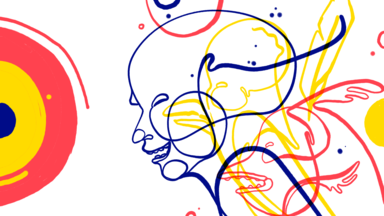
If you haven’t tried Crazy-8s, this is a must. It’s not an exercise to get high quality, detailed ideas, but it’s a great way to end the session on a high and some of the ideas might act as inspiration in your future designs. Get people to fold a piece of A3 paper 3 times to create 8 sections. Again, provide some direction, something like 'UI ideas for X' works well. People are then going to spend 30 seconds per section speed-sketching some crazy ideas. People are going to run out of ideas, rehash old ones or come up with pure nonsense, but that’s part of the fun.
Voting
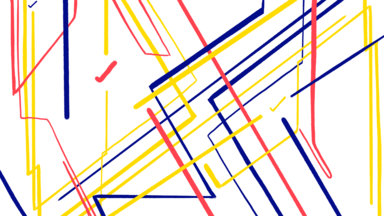
As people are sketching you can be clustering the ideas and sticking them to the wall to be voted on. Give people a limited number of sticky dots (three to eight) and get them to vote on the ideas they like the most. This should help provide the team with a clear sense of direction.
Now you’ve generated a lot of ideas it’s time to cluster, combine, discard and develop them into testable assets.
. . . . .
Illustrations by Will Scobie
Continue reading
Paper prototyping with 50 new bloods
An oyster card for crossing borders, a digital picture frame that syncs with local art museums, and an airline that takes destination requests mid-flight....
Introducing the Made by Many professional development programme
Made by Many has been practising digital product development for ten years (and more if you count our combined experience at previous companies). A common...
